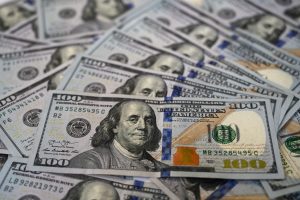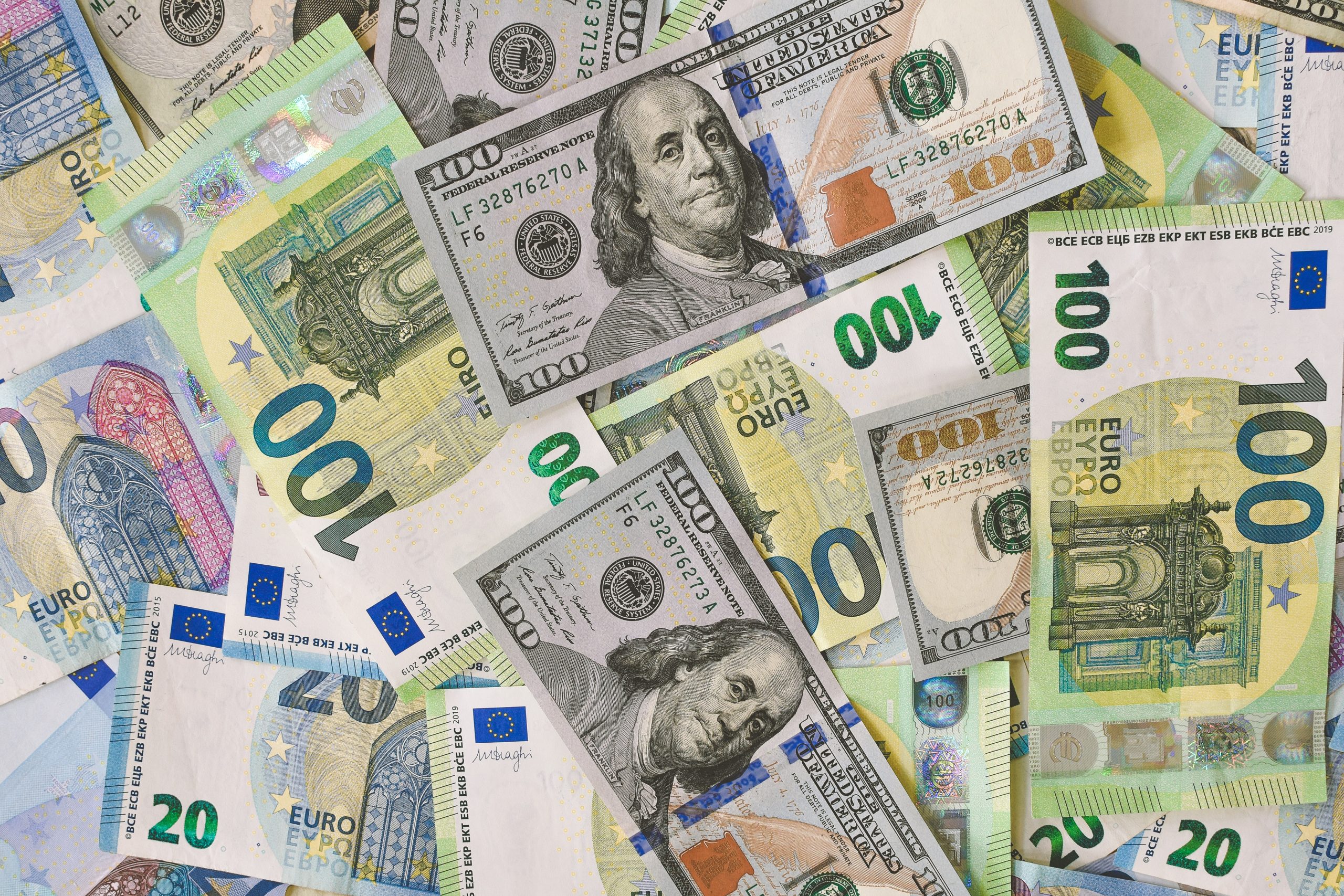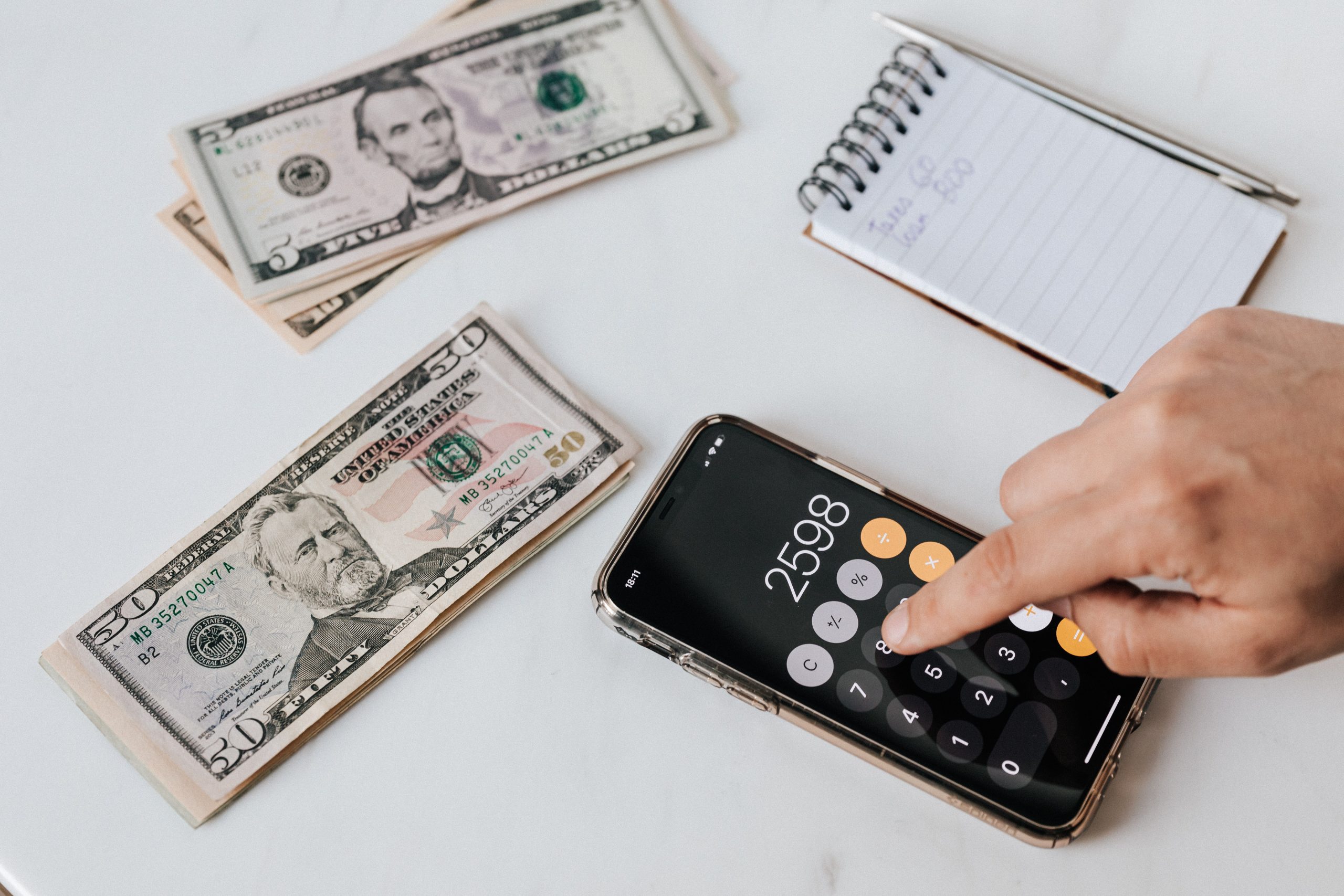In today’s world, debt has become a common aspect of personal finance for many individuals. While a certain level of debt can be manageable and even beneficial, excessive debt can become a significant burden, impacting mental health, relationships, and overall well-being. Just as a detox cleanses the body of toxins, a debt detox can cleanse your finances, paving the way for a healthier financial future.
Understanding Debt

Before diving into the process of debt detoxification, it’s crucial to understand the types of debt one might accumulate. Consumer debt, such as credit card debt and personal loans, often carries high-interest rates, making it particularly burdensome. Mortgages and student loans, while typically considered “good” debt due to their potential for long-term value, can still become problematic if not managed properly.
Signs You Need a Debt Detox
Recognizing when you need a debt detox is the first step towards financial recovery. Common signs include struggling to make minimum payments, relying on credit cards to cover daily expenses, feeling overwhelmed by debt, and experiencing anxiety or stress related to financial matters.
The Debt Detox Process
- Assess Your Debt: Begin by gathering all your financial statements to get a clear picture of your debt situation. List each debt along with its balance, interest rate, and minimum monthly payment.
- Create a Budget: Establishing a realistic budget is essential for effective debt management. Calculate your monthly income and expenses, prioritizing necessities while cutting back on non-essential spending.
- Develop a Repayment Strategy: There are several approaches to debt repayment, including the snowball method (paying off debts from smallest to largest) and the avalanche method (tackling debts with the highest interest rates first). Choose the strategy that aligns best with your financial goals and preferences.
- Explore Debt Relief Options: Depending on your circumstances, you may qualify for debt consolidation, debt settlement, or even bankruptcy. Research these options carefully and seek professional guidance if needed.
- Track Your Progress: Monitor your debt repayment progress regularly, celebrating milestones along the way. Seeing tangible results can provide motivation to stay on track.
Benefits of a Debt Detox
Embarking on a debt detox can yield numerous benefits beyond financial freedom:
- Improved Mental Health: Reducing financial stress can lead to better mental well-being and overall quality of life.
- Increased Savings: As debt decreases, you’ll have more disposable income to allocate towards savings and investments.
- Enhanced Credit Score: Timely debt repayment can boost your credit score, opening doors to better loan terms and financial opportunities.
- Greater Financial Literacy: Going through the debt detox process can increase your understanding of personal finance concepts, empowering you to make informed decisions in the future.
Analysis Table: Debt Detox Methods
| Debt Detox Method | Description | Pros | Cons |
|---|---|---|---|
| Snowball Method | Prioritizes paying off debts from smallest to largest balances, providing quick victories. | Psychological boost from early wins. | May result in paying more interest over time. |
| Avalanche Method | Focuses on tackling debts with the highest interest rates first, minimizing overall costs. | Minimizes total interest paid. | Requires discipline to stick with high-interest debts. |
| Debt Consolidation | Combines multiple debts into a single loan with a lower interest rate, simplifying repayment. | Lower monthly payments and interest rates. | Potential for accruing more debt if not managed wisely. |
| Debt Settlement | Negotiates with creditors to settle debts for less than the full amount owed. | Offers a way to reduce overall debt burden. | Can negatively impact credit score. |
| Bankruptcy | Provides a legal process for eliminating or restructuring debts under court supervision. | Offers a fresh start for individuals overwhelmed by debt. | Has long-lasting consequences on credit and finances. |
Comparative Table: Debt Types
| Type of Debt | Description | Interest Rate | Impact on Credit Score | Examples |
|---|---|---|---|---|
| Credit Card | Unsecured debt with high-interest rates, often used for everyday purchases and emergencies. | Typically high | Can negatively impact | Credit card balances, cash advances |
| Personal Loan | Borrowed money from a bank, credit union, or online lender, usually for a specific purpose. | Variable | Depends on payment | Debt consolidation loans, medical expenses |
| Mortgage | Loan secured by real estate, used to purchase a home. | Fixed or variable | Can positively impact | Home purchase, refinancing |
| Student Loan | Borrowed money to finance education expenses, offered by the government or private lenders. | Fixed or variable | Can positively impact | Federal student loans, private student loans |
| Auto Loan | Loan taken out to purchase a vehicle, secured by the vehicle itself. | Fixed or variable | Can positively impact | New or used car financing |
| Payday Loan | Short-term, high-cost loan typically due on the borrower’s next payday. | Extremely high | Can negatively impact | Emergency expenses, quick cash |
Conclusion
Embarking Finances on a debt detox journey requires commitment, discipline, and a willingness to make financial changes. By taking proactive steps to address and eliminate debt, individuals can achieve greater financial stability, reduce stress, and pave the way for a healthier future. Whether through budgeting, debt repayment strategies, or exploring debt relief options, a debt detox can set you on the path towards long-term financial well-being.











